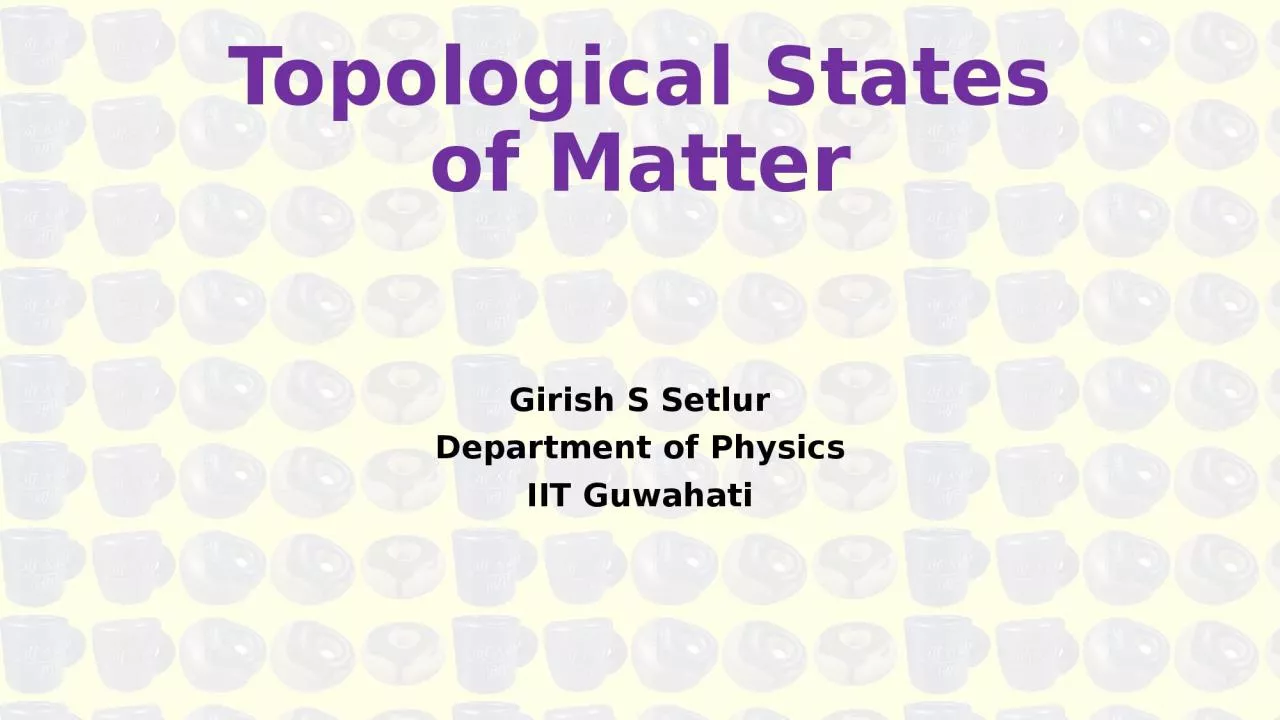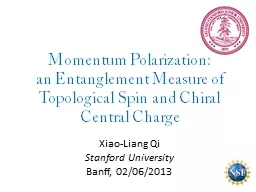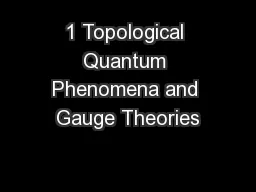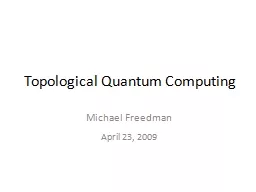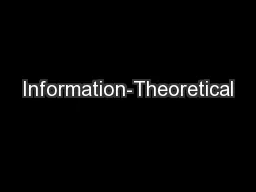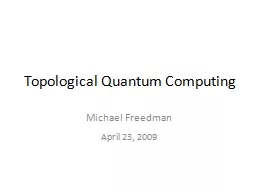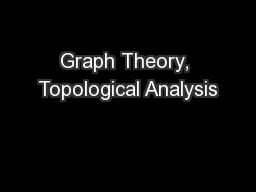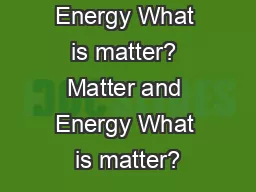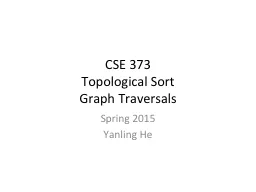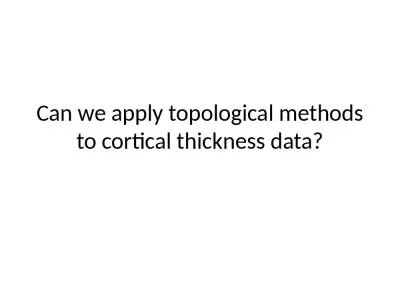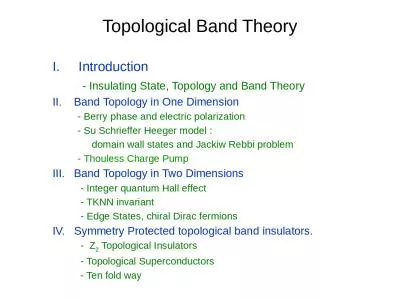PPT-Topological States of Matter
Author : hazel | Published Date : 2023-11-11
Girish S Setlur Department of Physics IIT Guwahati COPYRIGHT DISCLAIMER ALL ILLUSTRATIONS AND SOME PASSAGES IN THESE SLIDES HAVE BEEN DOWNLOADED FROM VARIOUS
Presentation Embed Code
Download Presentation
Download Presentation The PPT/PDF document "Topological States of Matter" is the property of its rightful owner. Permission is granted to download and print the materials on this website for personal, non-commercial use only, and to display it on your personal computer provided you do not modify the materials and that you retain all copyright notices contained in the materials. By downloading content from our website, you accept the terms of this agreement.
Topological States of Matter: Transcript
Download Rules Of Document
"Topological States of Matter"The content belongs to its owner. You may download and print it for personal use, without modification, and keep all copyright notices. By downloading, you agree to these terms.
Related Documents

